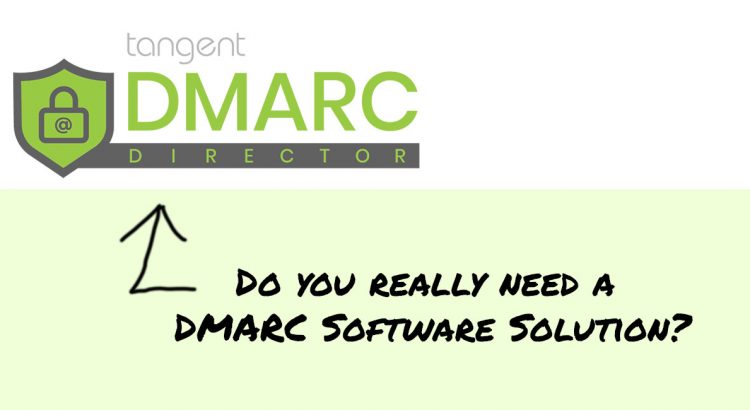In layman’s terms, DMARC prevents email from spoofing and protects email attacks such as phishing and email fraud. To implement DMARC, one would need to set up, monitor and review their DMARC policy.
That’s where things can get sticky. Now, unless you’re a programmer, and love looking at code constantly. A Matrix looking screen may not be the ideal way to help you set up DMARC.
Screen from the movie The Matrix.
Actual DMARC record:
DMARC Defined Technically:
DMARC (Domain-based Message Authentication, Reporting, and Conformance) is a standard email authentication protocol used to protect against email-based attacks such as phishing and email fraud. DMARC assists in preventing email spoofing.
DMARC Software:
DMARC software refers to the tools, services, or solutions that implement DMARC authentication and provide reporting and conformance features. In other words, DMARC Software helps end users set up DMARC policy, then review emails that see if they met the desired policy- a DMARC Checker.
DMARC Software makes it easy to visually determine harmful emails from benign ones and determine if changes to the policy should be made.
DMARC Director screen image:
DMARC software typically includes the following components:
DMARC Authentication:
DMARC allows email senders to authenticate their emails using mechanisms such as Sender Policy Framework (SPF) and DomainKeys Identified Mail (DKIM). DMARC software helps set up and configure SPF and DKIM for a domain to ensure that only legitimate senders can send emails on behalf of that domain.
DMARC Reporting:
DMARC provides detailed reporting on email activity, including information on the sources of email, authentication results, and actions taken by email receivers. DMARC software generates these reports, which can help domain owners monitor their email traffic, detect and investigate unauthorized use of their domain, and take appropriate actions to enhance email security.
DMARC Conformance:
DMARC allows domain owners to specify how email receivers should handle emails that fail authentication (i.e., do not pass SPF or DKIM checks). DMARC software allows domain owners to set up policies for handling such emails, such as quarantining or rejecting them, and helps enforce these policies to achieve email authentication conformance.
DMARC Management:
DMARC software provides management capabilities for configuring and managing DMARC settings, policies, and reporting preferences. This includes setting up DMARC records in DNS, configuring SPF and DKIM, and managing DMARC policies for different domains or subdomains.
It is an unfortunate reality that one hears about organizations such as banks, schools,hospitals- and, everything in between- facing record breeches. Hackers are always trying to penetrate sensitive data for different reasons- and their success is often determined on the security protocol of their victims.
DMARC Software is NECESSARY
Would your business suffer if client information was compromised? Would your business suffer if it lost money due to theftThe resounding answer is yes. DMARC Software makes it easier to set up your DMARC Policy.
DMARC software is an absolute necessity to facilitate your business from being able to secure inbound and outbound emails.
What if I don’t know how to set up DMARC?
DMARC Director offers training to assist you with setting up your policy. Whether you’ve mastered DMARC protocols or not, DMARC Director will provide you with the tools you need to fully monitor and manage your DMARC Settings and emails.
DMARC Director allows you to view a live spoofing map so you can see what part of the world your threat emails are coming from.
DMARC Director’s dashboard is easy to read, understand and interpret. Our dashboard was made for the end user to successfully implement DMARC without needing to interpret endless XML files.
Overall, DMARC software helps organizations implement and manage DMARC authentication, reporting, and conformance to protect their domains from email spoofing and improve email security. It is often used in conjunction with other email security measures, such as spam filters, antivirus software, and employee training, to provide a multi-layered defense against email-based threats.
